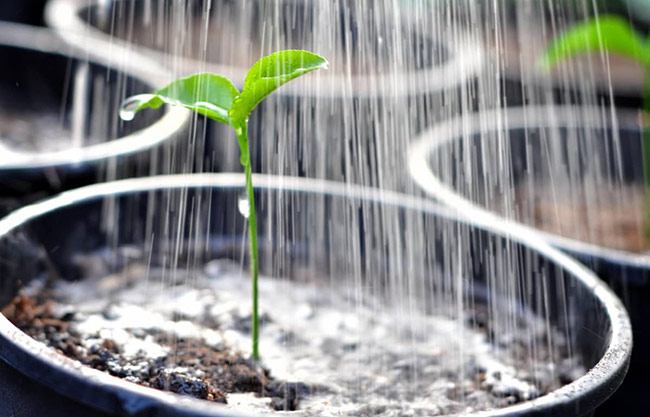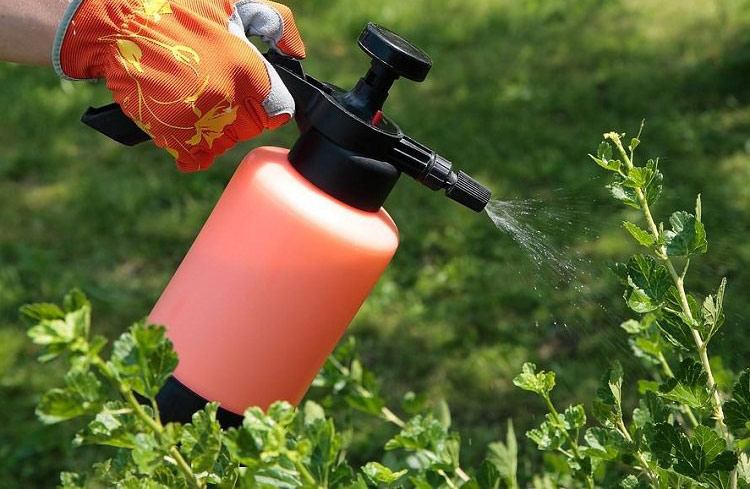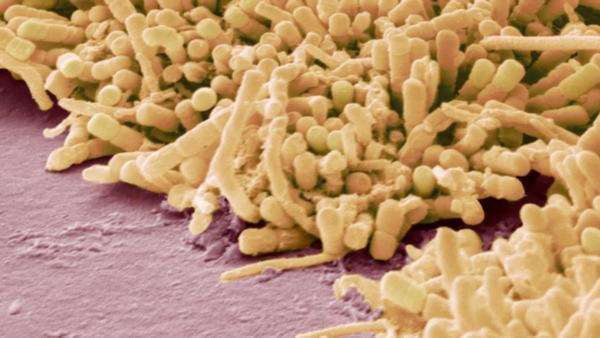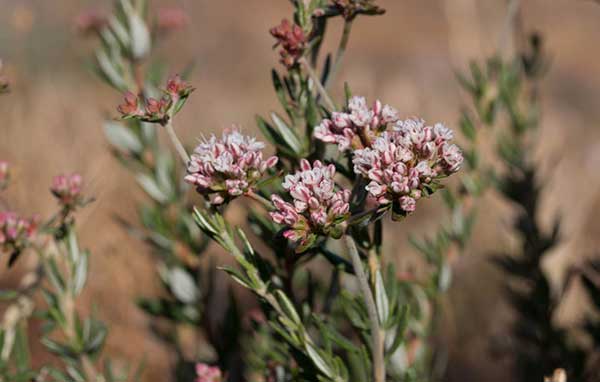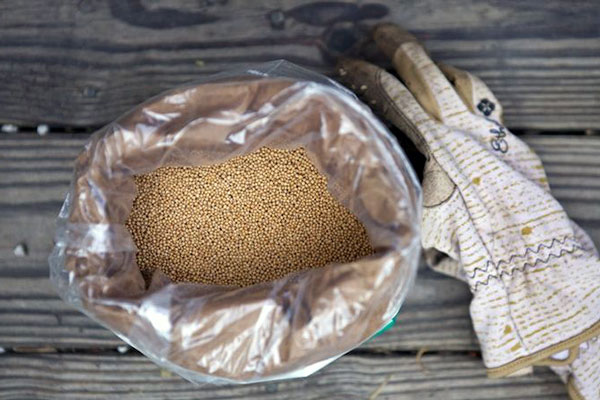I would have never tried hydrogen peroxide for plants if I hadn’t come across recommendations for its use on the website of the United States Department of Agriculture in the section on Agricultural Research Services .
H2O2 is indeed a natural pesticide, fungicide, soil aerator, strengthens the root system, and stimulates growth. The properties of hydrogen peroxide can be beneficial for any type of gardening, including windowsill gardens.
How Hydrogen Peroxide Works for Plants
H2O2 is visually indistinguishable from water. Like water, hydrogen peroxide consists of oxygen and hydrogen, but it has an extra oxygen atom (similar to ozone-enriched rain during a thunderstorm). H2O2 is an unstable molecule that quickly loses one oxygen atom. This atom acts as an oxidizer, destroying pest tissues—many pathogens and spores are killed by free oxygen. Besides that, the released oxygen works as a soil aerator. Due to its strong oxidative properties, gardeners use hydrogen peroxide to improve the quality of irrigation water—it helps chlorine in tap water to evaporate faster and oxidizes pesticides and organic matter.
Rainwater also contains H2O2; this is part of the Earth’s “cleaning system.” The unstable ozone O3 easily attaches to water molecules and just as easily breaks down, oxidizing various pollutants in the atmosphere in the process.
Hydrogen Peroxide for Seeds and Seedlings
Seeds will germinate faster, and the root system will be stronger and more branched if the seeds are soaked in a hydrogen peroxide solution: 30 drops of 3% peroxide per glass of water. There are also recipes for soaking seeds for 30 minutes in 3% peroxide without dilution. Hydrogen peroxide quickly softens the seed coat and kills pathogens on the seed’s surface.
A good article about the effects of hydrogen peroxide on seed germination, with references to research, can be found on the website eHow .
Seedlings are watered with a solution of the same concentration to help develop and strengthen the plant’s root system. Watering with H2O2 can be systematic but should not occur more than once a week.
Hydrogen Peroxide as Fertilizer
Hydrogen peroxide keeps plant roots healthy. Additional soil aeration helps plant roots absorb micro- and macronutrients. The released oxygen “eats away” dead roots and prevents pathogenic bacteria from multiplying. Add one tablespoon of hydrogen peroxide per liter of water and water your plants once a week. It is unnecessary to spray the leaves with this solution as fertilizer.
Since peroxide comes in concentrations other than 3%, the dilution table for various concentrations might come in handy.
Prevention of Pests and Diseases
With H2O2, you can prepare a weekly preventive spray for balcony and garden flowers and herbs:
- 50 ml of 3% hydrogen peroxide
- 2 tablespoons of rubbing alcohol
- 3 drops of dishwashing liquid
- 900 ml of water
This mixture should be prepared immediately before use. Spray the leaves and stems of plants to get rid of aphids, scale insects, and mealybugs.
The oxidative properties of the oxygen in peroxide combat damping-off and root rot. Root rot develops within a day if the plant is overwatered and the roots are in stagnant water with low levels of dissolved oxygen: thoroughly water affected plants with a solution of phosphate fertilizer + 3% peroxide (2 tbsp of H2O2 per liter of fertilizer solution) twice a week.
The active release of oxygen displaces anaerobic conditions in the soil. For recovery, 2-3 waterings may be sufficient. Let the water drain well from the pot along with the infection; don’t allow the pot to sit in a saucer filled with stagnant water.
The Canadian hydroponic website describes hydrogen peroxide as a panacea for root rot. Orchid enthusiasts use peroxide during repotting to treat the roots. It can also be used to clean pots before planting.
Gardeners use hydrogen peroxide to disinfect greenhouses to prevent mold. Cutting propagation in H2O2 solutions speeds up rooting.
